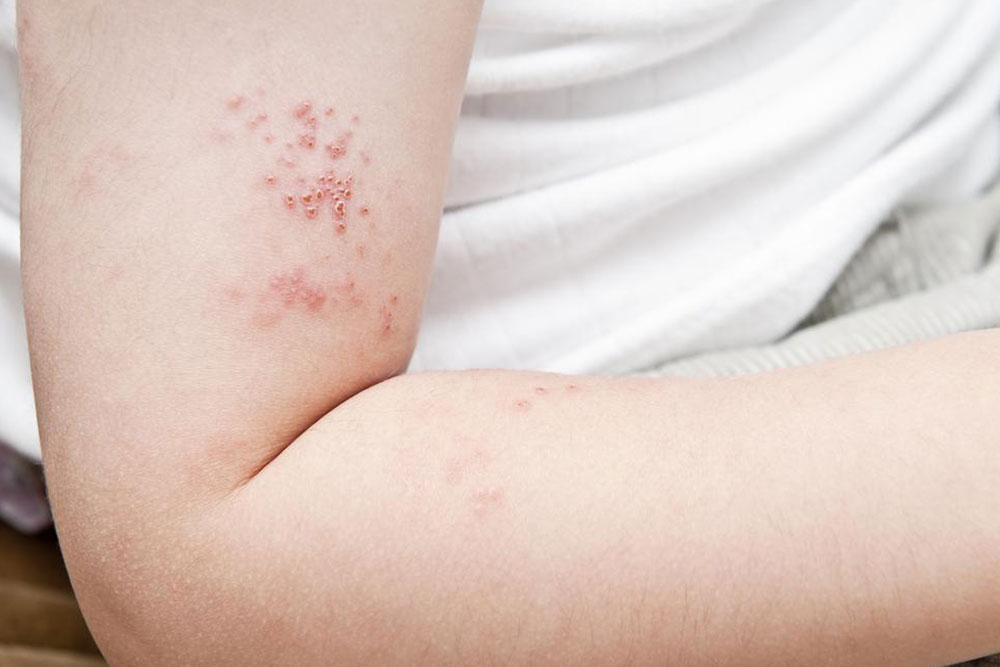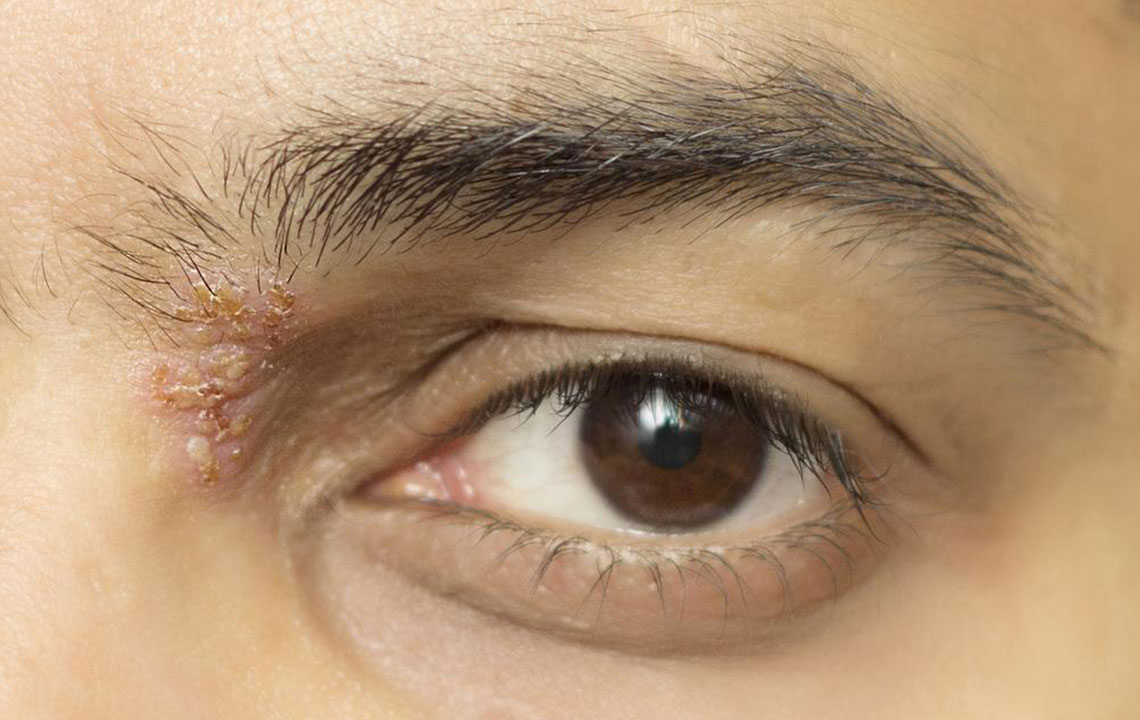Effective Strategies for Easing Nerve Discomfort Post-Shingles
Learn effective methods to manage nerve pain caused by shingles, including home remedies, medication options, and when to seek medical attention. Early intervention can significantly reduce discomfort and promote faster recovery.

Effective Strategies for Easing Nerve Discomfort Post-Shingles
Shingles, caused by the same virus behind chickenpox, manifests as a painful rash that usually lasts up to four weeks. Symptoms include itching, burning, discomfort, and significant pain during the outbreak. While managing these symptoms can be challenging, proper treatment and home remedies can alleviate discomfort. Topical creams are often recommended to target shingles and reduce symptoms.
Following a shingles episode, many experience intense nerve pain known as post-herpetic neuralgia.
The pain typically occurs along nerve pathways where the rash was present and can sometimes occur prior to the appearance of the rash itself. It usually affects only one side of the body. Here are some methods to help manage nerve pain after shingles and restore comfort.
Pain Management Techniques for Shingles
To ease nerve pain that appears before, during, or after the rash, it’s vital to first manage the shingles symptoms through various approaches.
Avoid Scratching Blisters: It’s tough to resist scratching painful, itchy blisters, but doing so worsens the condition. Scratching can cause the blisters to open, increasing infection risk and potentially spreading bacteria. Keeping hands clean and avoiding scratching helps the blisters heal naturally. If accidental scratching occurs, wash your hands immediately to prevent bacterial infections.
Baking Soda Paste for Relief: Instead of relying solely on medications, a simple baking soda paste can soothe irritation. Baking soda neutralizes the acidic chemicals that cause itching. Mix three teaspoons of baking soda with one teaspoon of water, apply to affected areas, and let it dry. This helps reduce itching and accelerates blister healing, providing quick relief whenever needed.
Addressing Nerve Pain Post-Rash
Once the rash clears, focus shifts to managing persistent nerve pain using these methods:Apply Cold Compresses: A cool, moist compress can significantly ease nerve discomfort. Use a wrapped ice pack or frozen vegetables in a towel, applying it to affected skin for up to 20 minutes several times daily. Remember not to place ice directly on skin to avoid tissue damage.
Medication Options: Various medicines can help reduce nerve pain. Corticosteroids are often used for elderly patients, sometimes in combination with antiviral drugs. Always consult your healthcare provider before starting any medication regimen.
Consider Surgical Interventions: If other treatments don’t work, surgery might be suggested. Procedures include injections of alcohol or phenol, or TENS therapy, where electrodes deliver painless impulses to nerves causing pain, aiding in relief and recovery.
Managing nerve pain after shingles is possible with these strategies. Early treatment is key—if you notice tingling, burning, or rash, seek medical help promptly. Effective therapies are available to reduce discomfort and improve quality of life. Don't endure unnecessary pain—consult a doctor for personalized treatment options.










